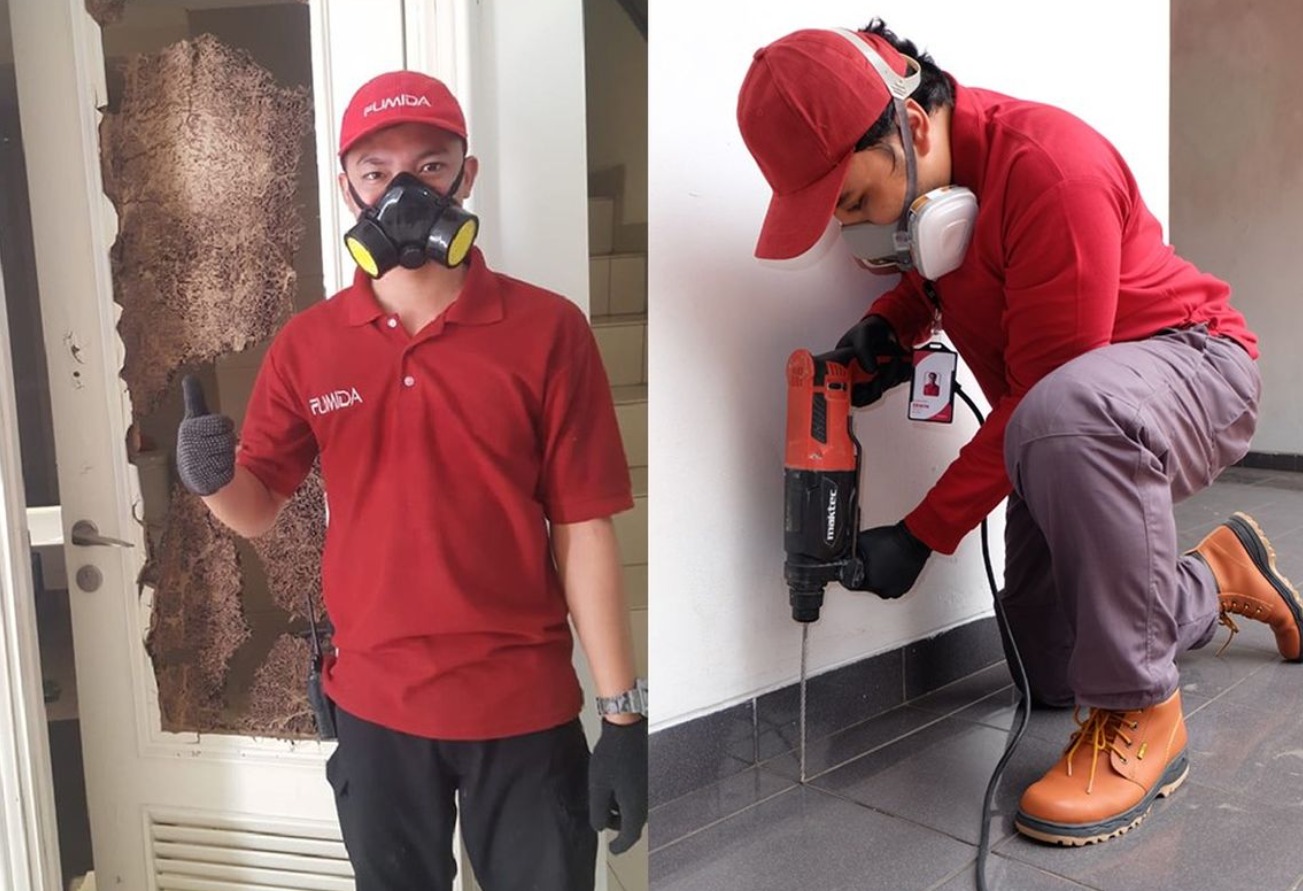The Evolution of PlayStation Games: From Console Pioneers to Modern Masterpieces
PlayStation has been a cornerstone of the gaming industry since its inception in 1994. Over the years, Sony’s flagship console has delivered some of the most iconic and groundbreaking games, redefining what players expect from interactive entertainment. From the early days of Crash Bandicoot and Final Fantasy VII to the cinematic brilliance of mega888 new version The Last of Us and God of War, PlayStation games have consistently pushed the boundaries of storytelling, graphics, and gameplay. The console’s ability to adapt and innovate has cemented its place as a leader in the gaming world, offering experiences that cater to both casual players and hardcore enthusiasts.
One of the standout features of PlayStation games is their ability to blend narrative depth with immersive gameplay. Titles like Uncharted 4: A Thief’s End and Horizon Zero Dawn showcase how developers can create rich, expansive worlds that feel alive and engaging. These games often combine stunning visuals with compelling characters and intricate plots, making them more than just games—they’re interactive stories. The PlayStation’s hardware advancements, such as the DualSense controller’s haptic feedback and adaptive triggers, further enhance this immersion, allowing players to feel every action and reaction in real-time.
Another reason PlayStation games stand out is their diversity. Whether you’re into action-adventure, RPGs, or even indie games, there’s something for everyone. Sony’s commitment to supporting indie developers has led to the creation of unique titles like Hollow Knight and Celeste, which have gained critical acclaim and a dedicated fanbase. Meanwhile, blockbuster franchises like Spider-Man and Gran Turismo continue to dominate the market, offering polished, high-quality experiences that appeal to a broad audience.
Looking ahead, the future of PlayStation games seems brighter than ever. With the PlayStation 5’s powerful hardware and innovative features, developers have the tools to create even more ambitious and immersive experiences. Upcoming titles like Final Fantasy XVI and Star Wars: Knights of the Old Republic Remake are already generating excitement, promising to deliver the same level of quality and innovation that PlayStation fans have come to expect. As the gaming industry continues to evolve, PlayStation remains at the forefront, setting the standard for what games can achieve.

